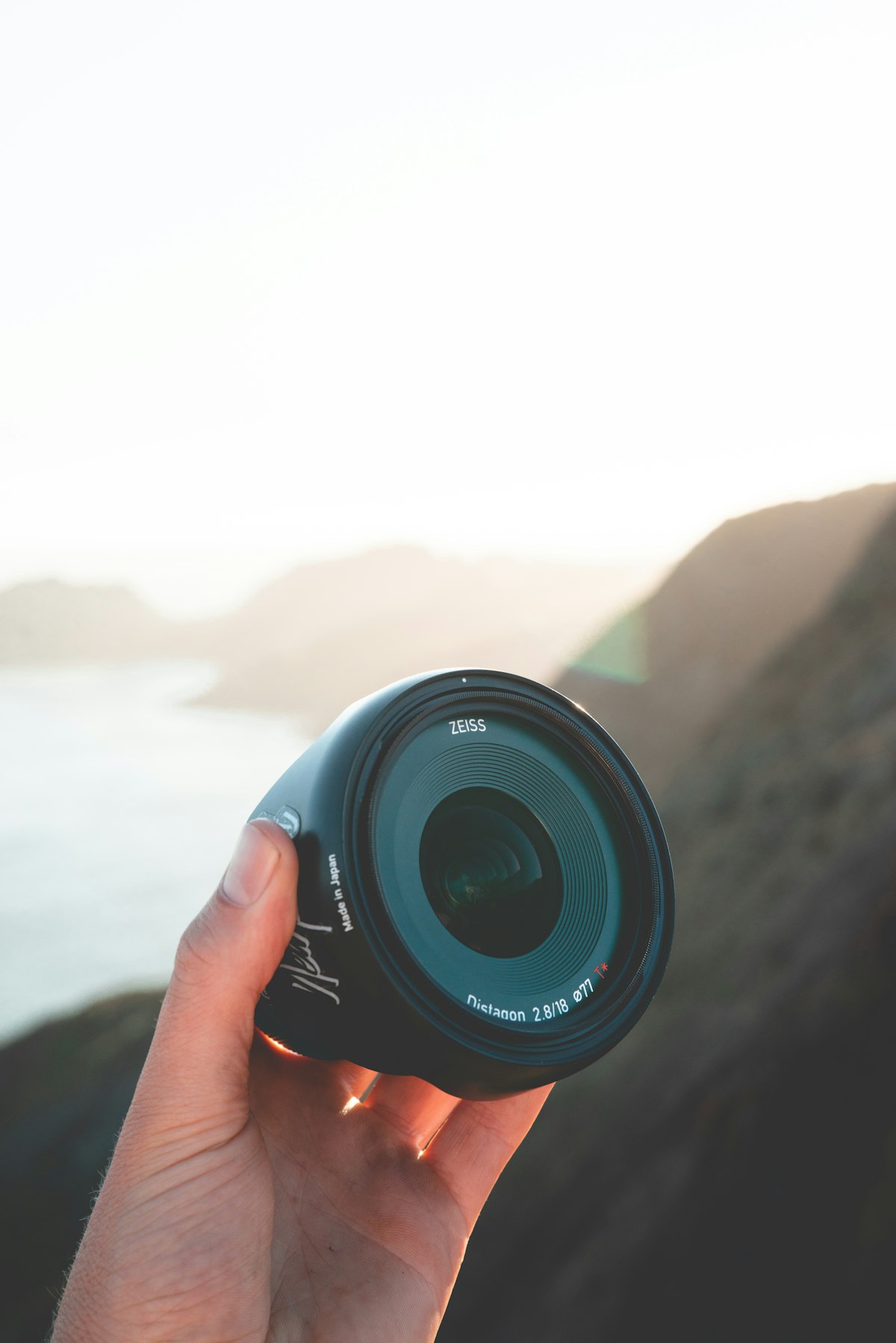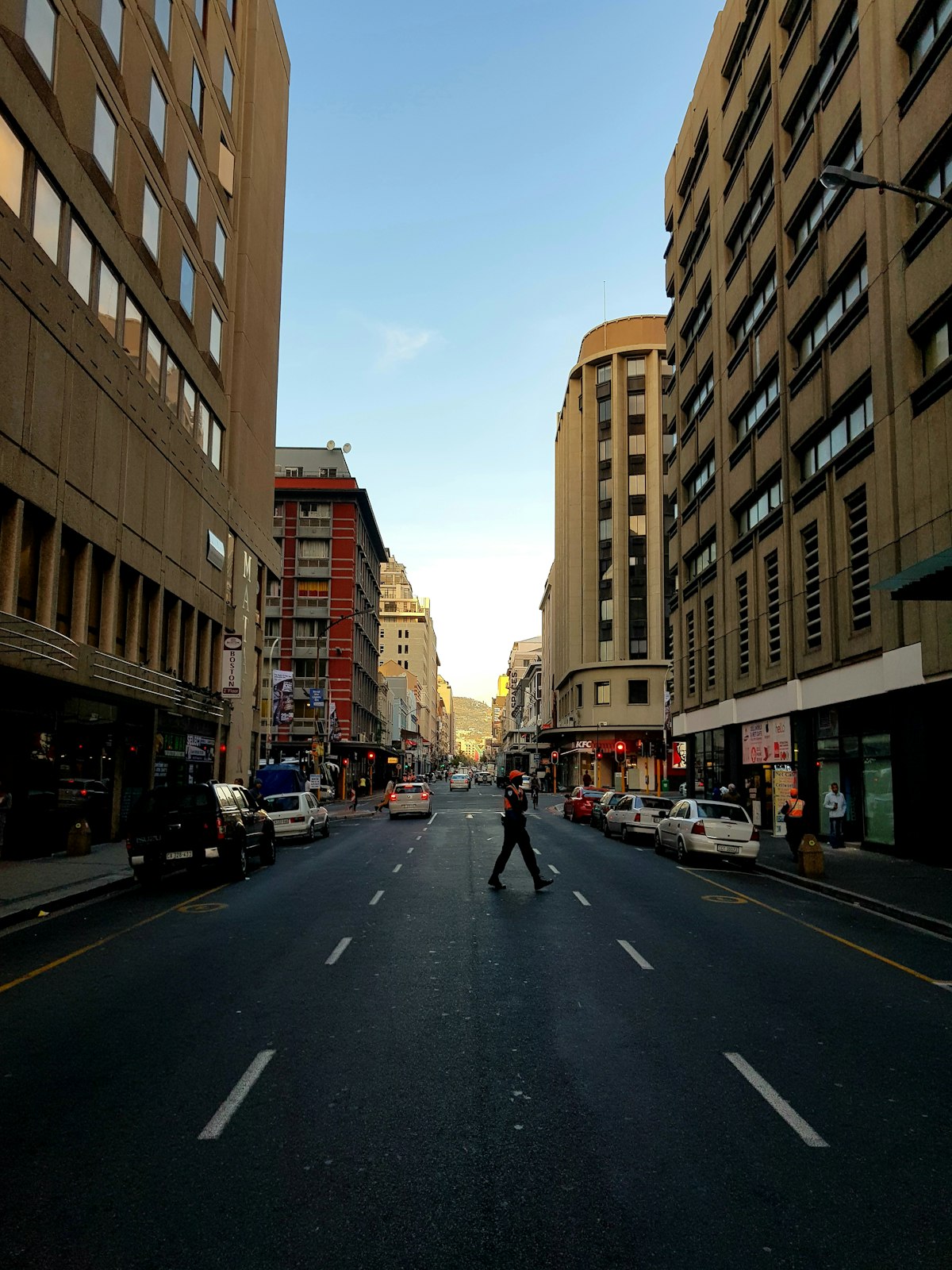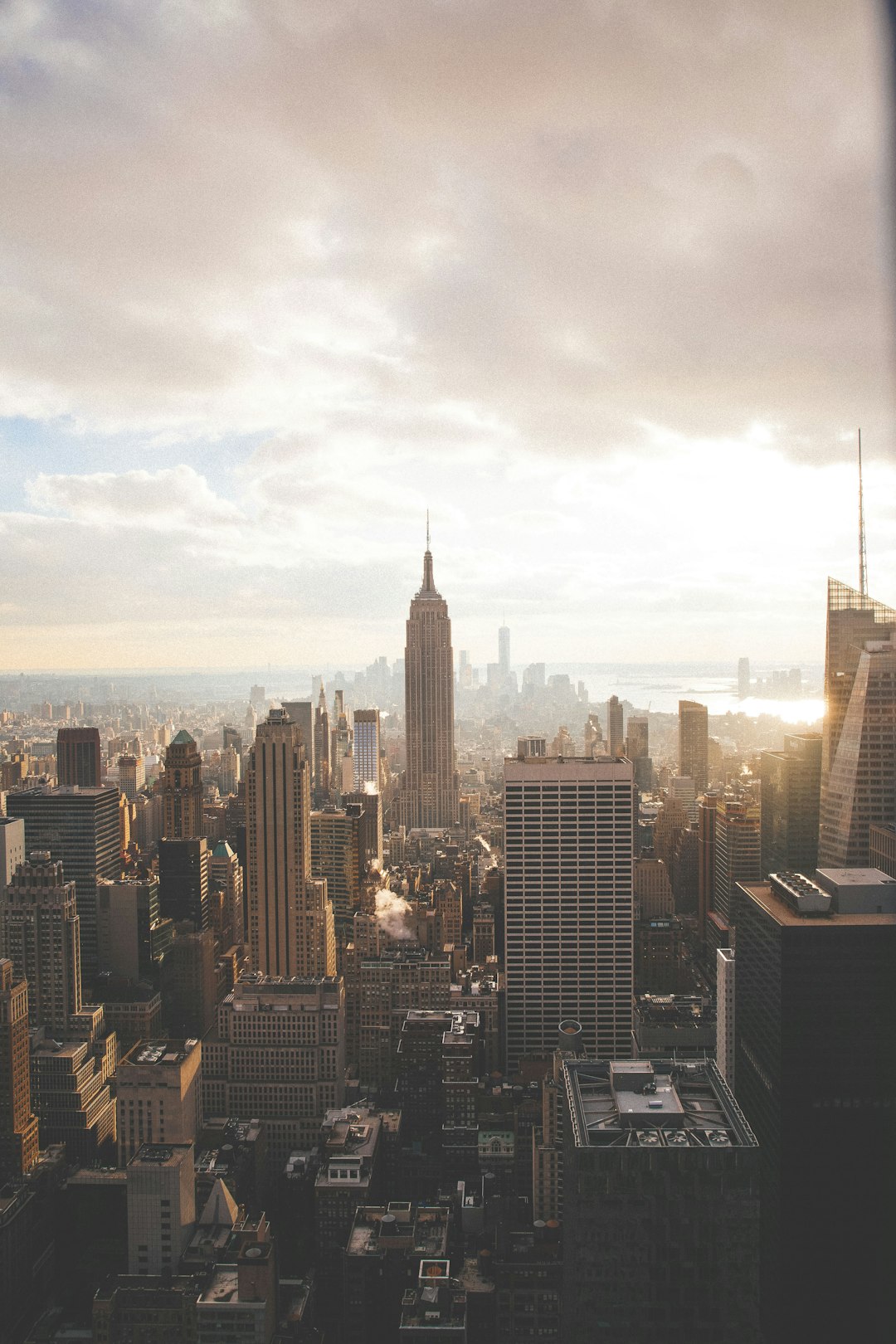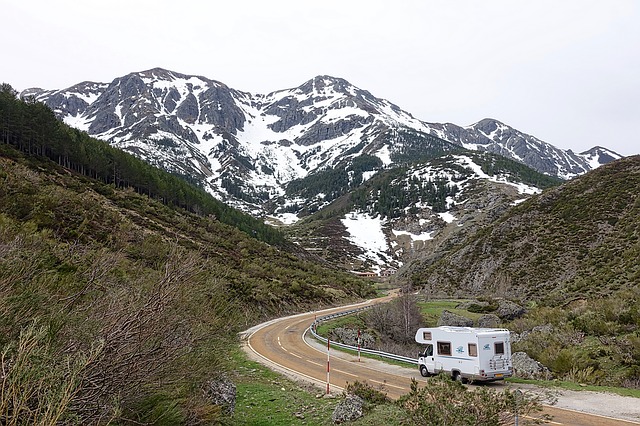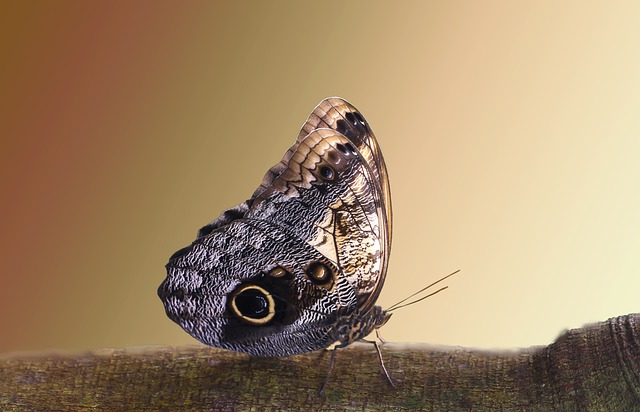
So you’re interested in photography? If so, you may feel overwhelmed by the sheer number of techniques and options. Remember that photography is an art and you will have to find a personal approach. Read the following tips to give you some ideas.
Framing is a very important aspect of photography. Eliminate objects that take away from your subject matter by zooming in on the main focal point. You can take away all of the clutter and unwanted objects in your pictures.
Digital techniques can give your photographs a unique and interesting appearance. There are many options for digital editing software, although Adobe Photoshop is considered to be of the highest quality. You will be able to instantly convert the photo into artistic portraits with the simple click of the filter button and choosing the medium that you prefer.
Don’t neglect the foreground of a photo in favor of the background when taking a landscape shot as this is what will be noticed first. Create a nice foreground in your shot to make your picture look more deep and to frame in more intimately.
Keep the knowledge of the settings on your camera simple. You should learn to use one camera setting at a time. That way, you can focus your attention on taking pictures instead of toying with the camera as you miss golden photo opportunities.
When preparing for a trip, pack your equipment carefully. Take the lenses you think you may need and don’t forget to pack additional cleaning items and batteries. Don’t take more with you than you absolutely need.
A very sunny day may seem perfect for photographs, but taking a picture in direct sunlight has many pitfalls. The sun can cast shadows and create unwanted glare on your subjects. It also causes most people to squint, meaning they won’t be putting on their best face for the picture. The best times of the day to take a picture are in the early morning and the late evening.
Make sure the subject you are photographing is close enough to clearly see. Nothing is as bad as taking a photograph of something that is not close enough to see well. By getting close, you afford your viewers a clear, detailed view of your subject.
Keep your arms close to your sides when you are holding the camera, and hold on to the bottom of your camera. This minimizes shaking, resulting on clearer pictures. Having your hands and arms placed like this also reduces the chances that you will get bumped or drop the camera.
You need to find a suitable subject to photograph. You can have the very best equipment and be extremely talented, but without the right subject you will not get quality pictures. You should choose carefully which objects inspire you or look for a model that can actually pose for you.
This is a tip you can use in photography. You should take the time to educate yourself on shutter speed. M, S, A, and P settings all exist on your camera. The “P” on the camera represents program mode. This “P” setting automatically controls shutter and aperture when you shoot. If you don’t know what you’re shooting, use your “P” setting.
Try to hold steady when taking shots, it’ll prevent you from producing blurry photos. Even a very slight movement can cause motion blur and ruin that perfect shot. Take a moment before taking the picture to gather your breath and ensure the shot is straight.
Fully Charged
When you take photos in fluorescent lighting, change the white balance so it looks clearer. Photographs shot under fluorescent lighting typically look greenish or bluish, giving your photo a much cooler color effect than you intended.
These are important shots to capture, so ensure your batteries are fully charged. When you use the LCD on your camera or the flash, your camera drains power quickly. If not fully charged, you may miss out on some great shots. Another option is to keep a few fresh batteries in your camera’s carrying case so you never miss anything.
Would you like to take some shots of your subjects covered with rain? Try to create the effect of rain on your own by carrying a rain bottle with you.
Look for the right types of things to take pictures of. An interesting subject can help, but it is up to you to make your subject interesting thanks to your creativity. Look for inspirational people, places and things, or enlist the help of a model who will pose for you.
Buy a solid, but cheap tripod for good pictures. If you’re taking low-speed or active pictures, then slight jiggles and jitters are very noticeable. A tripod will help reduce blur in images. You can skip the surprises and get better shots by using a tripod for your pictures.
You will have to play with ISO, aperture and shutter speed. These features will influence the exposure. Except if you want to create a specific impression, overexposed or underexposed pictures do not look good. Try experimenting with these features, and see how they interact together and what combinations you like.
Taking pictures in natural environments requires special care. You do not want to disturb the natural beauty you are about to capture, so make sure to clean up after yourself. Likewise, use a minute or two to breathe in the scene and show it proper appreciation. When you come upon a beautiful, pristine natural spot with great photographic potential, make sure you keep it the same way for other photographers to discover.
To enhance your skills, consider reaching out to other photographers and perhaps joining a club. You could learn a lot from other people, but do not let their style influence your pictures. Look closely at the photographs that you took while out with another photographer, and examine how the same subject can be seen differently by different people.
Think of your camera as your tool for photography. Utilizing a shallow field of depth can help you make the background fuzzy and highlight the focus of your picture.
If you’re looking to capture some of the nostalgic intrigue associated with film cameras, try visiting second hand stores and getting your camera there. Consider purchasing black and white film that has an ISO of 200 to create especially dramatic pictures. Use different types of paper when you develop your prints, for example a fiber-based paper.
If your camera takes film, think long and hard about choosing the right brand. Most photographers at all skill levels have developed a fondness for a particular type of film. There aren’t big advantages to a certain brand over another. You can’t go wrong with any major brand.
Fluorescent Lighting
Using a tripod helps improve the quality of landscape photographs. Establishing a steady base is important when you are taking photos, particularly when you are photographing landscapes because you can then adjust settings without shaking your camera.
You need to make sure that you have the right white balance setting on your camera if you are taking pictures under fluorescent lighting. Photographs shot under fluorescent lighting typically look greenish or bluish, giving your photo a much cooler color effect than you intended.
Fast moving subjects require special settings to show what the subject actually is. Often times shooting moving subjects can cause the photo to appear blurry, but using a higher ISO setting can help you take clear photos, despite your subjects speed. This will give you clear shots of your subjects as they move.
As you journy to new and different places, look for tips on what interesting things there are to photograph. Go look at postcard racks to get some ideas. There are also postcards highlighting the major attractions in town, so make sure you include these on your subject list.
Get down to the child’s eye-level when taking a picture of them. This easy fix can really make a difference.
When working with a digital camera, it is often tempting to switch to the lowest setting, so you can get additional pictures in memory before you download them; just make sure you know the print quality will suffer when doing this. You should only apply the lowest settings if you are confident that the images will only be shown on a computer display.
Know when it is appropriate to use flash and when it isn’t. It’s not something to just always leave on auto. Too much or too little light has ruined many pictures. Use it when you’re shooting in low-light.
For a creative touch, experiment with the focus. Changing the depth of field, or the f-stop, will put all of the focus on the subject of your shot, and blur the background. This is a good choice for portraits, since the subject of your shot will be nearer to the camera. On the other hand, a higher f-stop number creates more depth; everything within the frame will appear in focus. Use this feature when taking panoramic or landscape pictures.
Pay attention to your photos so you know whether they are under or overexposed. Consult your camera’s instruction guide for information on accurately reading its histogram. This device works by measuring exposure for each shot. It tells you whether an image is over-exposed, under-exposed, or just right. By monitoring it, you can avoid problems.
You can use creative methods to produce a silhouette image. One of the most common ways to generate a silhouette is by using the sunset. However, other methods do exist. For example, if the subject is not as brightly lit as the background, you can produce a silhouette. By using an off camera flash behind the subject, or by positioning the subject in front of a bright window, you will be able to create a perfect silhouette. Be sure, however, that the resulting outline gives a flattering depiction of the subject.
Setting the white balance manually will help with taking better pictures. Most cameras will automatically choose white balance, but for better control over your images, you should set this manually. If the white balance is properly adjusted, it can eliminate the yellow tinge from a photograph that was taken in incandescent lighting or even transform the general atmosphere of an image.
Photography techniques include many ways, whether in-camera, in the darkroom or with photo-manipulation software, to edit and improve your shots. The photography world offers many different things; what works for some people might not work for others. With any luck, the tips provided will have given you an excellent place to start with your photography.
Pictures that you take in a low light situation tend to turn out very blurry. In low light, it is imperative to keep your hands steady. Perhaps even find a place to firmly put them down upon. The ideal solution to this circumstance is the use of a tripod.
In the beginning, you probably will feel overwhelmed with information available about Gopro Accessories,latex foam pillow
nurse home waterproof mattress protector
bed bug mattress cover queen. There’s a lot of information out there and it can take some time to learn it all. By applying all you can from this article, your experience will be a good one.






